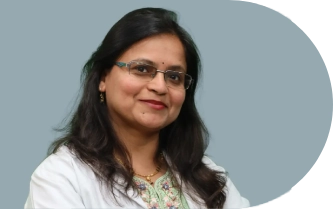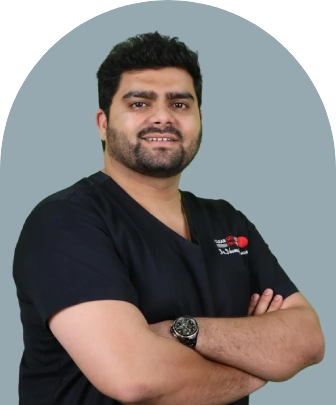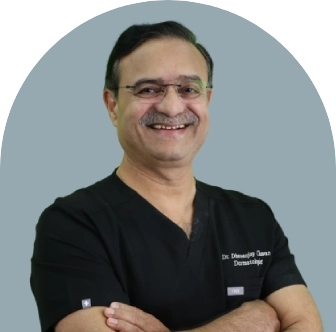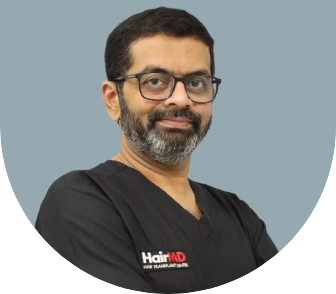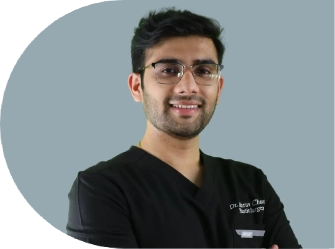Types of Acne Scars: Treatments For Each Kind Of Scarring
Reviewed By: ![]() Dr. Dhanraj Chavan
Dr. Dhanraj Chavan
Updated on: 26th May, 2023
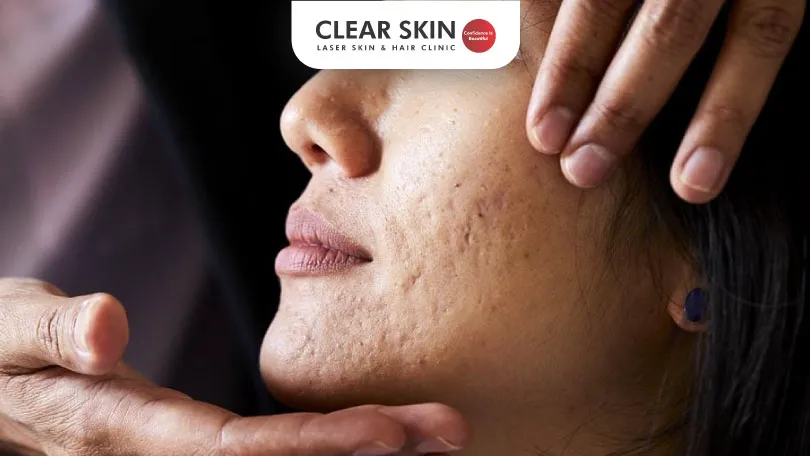
Dealing with pimples can be irritating, and using chemical-based products without consulting a dermatologist can be worrisome. However, let’s explore a natural solution that can help you get rid of those bumps on your face at the comfort of your home.
In this article, we will talk about the effectiveness of aloe vera for acne treatment and discuss various blends that can be used to clear your skin in a herbal way.
Table Of Content
- Why Does it Happen?
- Types of Acne
- How to Treat Acne Scarring?
- Different Types of Acne Scarring and Treatments
- How To Treat Atrophic Scarring?
- Why Choose Clear Skin?
- Conclusion
Why Does it Happen?
It usually happens due to comedones that appear when your pores get clogged with dead skin or extra oil, i.e., sebum.
Types of Acne
Acne varies from being mild, moderate and severe and can be classified into four grades. These are:
- Grade one: Non- inflammatory acne that consists of comedones and pustules.
- Grade two: Non-inflammatory acne and few pustules.
- Grade three: Large inflamed papules, cysts, and pustules.
- Grade four: They become rather severe with confluent cysts.
Mild acne is caused in the form of whiteheads or blackheads. It happens when sebum clogs your pores and oxidises. It may or may not have pustules or red bumps.
Moderate Acne
Moderate acne causes pus-filled pimples or red bumps as the clogged pores get inflamed.
Severe Acne
As the name suggests, severe acne can be painful. It can cause pus-filled bumps that go deep in the skin. They are called cysts or nodules.
Severe acne, especially cystic acne, usually leaves a scar that is permanent or long-lasting.
How to Treat Acne Scarring?
Acne scars are usually caused when you pick or squeeze your acne. The number 1 rule of dealing with acne is never to touch it. But if we pick or squeeze it, it tends to leave a mark or scar. Acne should be left to heal completely on its own. Usually, they leave red or light brown marks upon healing, and the pigmentation heals gradually.
As there are different types of acne, there are also different types of scarring. Acne scarring depends on the type of acne one has and how it gets treated. It can be shallow or deep; it depends solely on the type of acne.
Different Types of Acne Scarring and Treatments
Atrophic Scars: Atrophic acne scars are generally caused because of cystic acne. They are shallow and flat in appearance. There are three types of atrophic scars.
Types Of Acne Scars And How To Treat Them | ClearSkin, Pune | (In HINDI)
Ice Pick Scars
Boxcar Scars
Rolling Scars
How To Treat Atrophic Scarring?
When it comes to treating atrophic scarring, a two-step method is usually followed. The first step focuses on how to even out the skin, and the second one is to reduce or finish any discolouration due to scarring.
Step 1:
A dermal treatment is required to even out the skin from the scars that have left a deep dent on your skin. The main kinds of treatments are:
- Laser Therapy:
Laser therapy helps stimulate the production of collagen in the inner skin with the help of high-voltage light.
- Chemical Peels:
This treatment is ideal for shallow scarring. It uses salicylic acid or glycolic acid on your skin. It removes the outer layer of the skin, which evens out the skin.
- Dermabrasion:
This treatment best suits boxcar scars as it removes the top layer of skin with a tool called “Sand Down.” It makes the boxcar scar shallow.
- Punch Grafting:
It works best for deep and dark scars as it erases the scar from the area and replaces it with a layer of the skin taken from another part of the body.
- Dermal Fillers:
In this treatment, chemicals like hyaluronic acid or calcium hydroxylapatite are injected into the skin to make it appear even.
Most Effective Laser Treatment For Acne Scars(Acne Scars के लिए सबसे प्रभावी लेज़र उपचार)| (In HINDI)
Step 2:
s is a follow-up to step 1. To attain even skin with no discolouration, a proper skincare regime must be followed. This includes:
- Using chemical exfoliators
- Using sun protection creams
Postinflammatory Hyperpigmentation:
There are two reasons behind hyperpigmentation— number 1 – when you pick or squeeze your scar and number 2 – a darker skin.
These scars heal gradually with time. The discolouration can be treated by following a proper skincare regime and protecting the skin from direct exposure to the sun.
You can also see your dermatologist. A dermatologist usually recommends:
- Chemical exfoliators
- Laser therapy
- Retinols that accelerate the production of collagen that even out skin complexes.
Hypertrophic & Keloid Scars:
This type of scarring occurs when a raised lump of scar tissue forms in place of the previous acne. They could be the same size as the acne once was or bigger.
Hypertrophic acne scars usually result from back acne, and acne on the chest, jawline, and shoulder. People with darker skin types usually suffer from this kind of acne scarring.
Keloid and hypertrophic scars treatment usually focuses on making the skin even and removing the raised lump of scar tissue.
Thus, the treatment includes:
- Laser therapy
- Surgical treatment
- Infuses the steroids in the scar as it softens the lump. With regular injections, it can be reduced to nearly nothing.
You can also go for less aggressive treatments like:
- Regular Massaging: By doing this, the scar tissues are softened. You can use bio-oil.
- Silicone Sheeting: This is also used to soften the scar tissue by applying silicone sheets on them.
Acne and the scars they leave behind can be treated using home remedies, or you can seek professional help from your dermatologist. Scarring is the aftermath of acne, especially facial acne scar. But before applying anything to your face, you should see your dermatologist as every skin type is different and requires unique care.
Why Choose Clear Skin?
Our team of skin experts working with world-class tools and devices can give you the right diagnosis and treat your skin problems. Using new-age technology and expertise, we understand the problem areas and recommend the necessary treatments accordingly.
If your breakouts and scars are getting worse, and none of the home remedies are working, book a consultation with us right away.
Do You Know?
Roughly 250 Patients Are Treated
Everyday By These Dermatologists
(You are one click away from flawless skin)
Meet Our Dermatologist!
Conclusion
Understanding the various types of acne scars is crucial for selecting the most effective treatment. Whether dealing with atrophic, hypertrophic, or keloid scars, there are tailored solutions to help improve your skin’s appearance. Consulting with a dermatologist can provide personalized advice and treatment plans. By addressing each type of scarring appropriately, you can achieve clearer, smoother skin and boost your confidence.
Further Reading
How to Treat Melasma Effectively with Topical Medications?
Discover effective topical treatments for melasma at Clear Skin Clinic Pune. Learn about advanced skincare solutions to reduce pigmentation and achieve radiant skin.
Effective Treatment of Acne on Face
Explore proven treatments for facial acne at Clear Skin Clinic Pune. Learn about causes, remedies, and expert solutions to achieve clearer, healthier skin.
Amazing Benefits Of Using Honey For Face & Skin
Discover the benefits of honey for radiant skin! Learn how its natural properties help hydrate, reduce acne, and promote a healthy glow. Visit Clear Skin Clinic.
Microdermabrasion for Acne Scars
Discover the benefits and side effects of microdermabrasion for acne scars. Learn about its effectiveness, risks, and how it can help rejuvenate your skin.
Have thoughts? Please let us know
We are committed not only to treating you, but also educating you.

